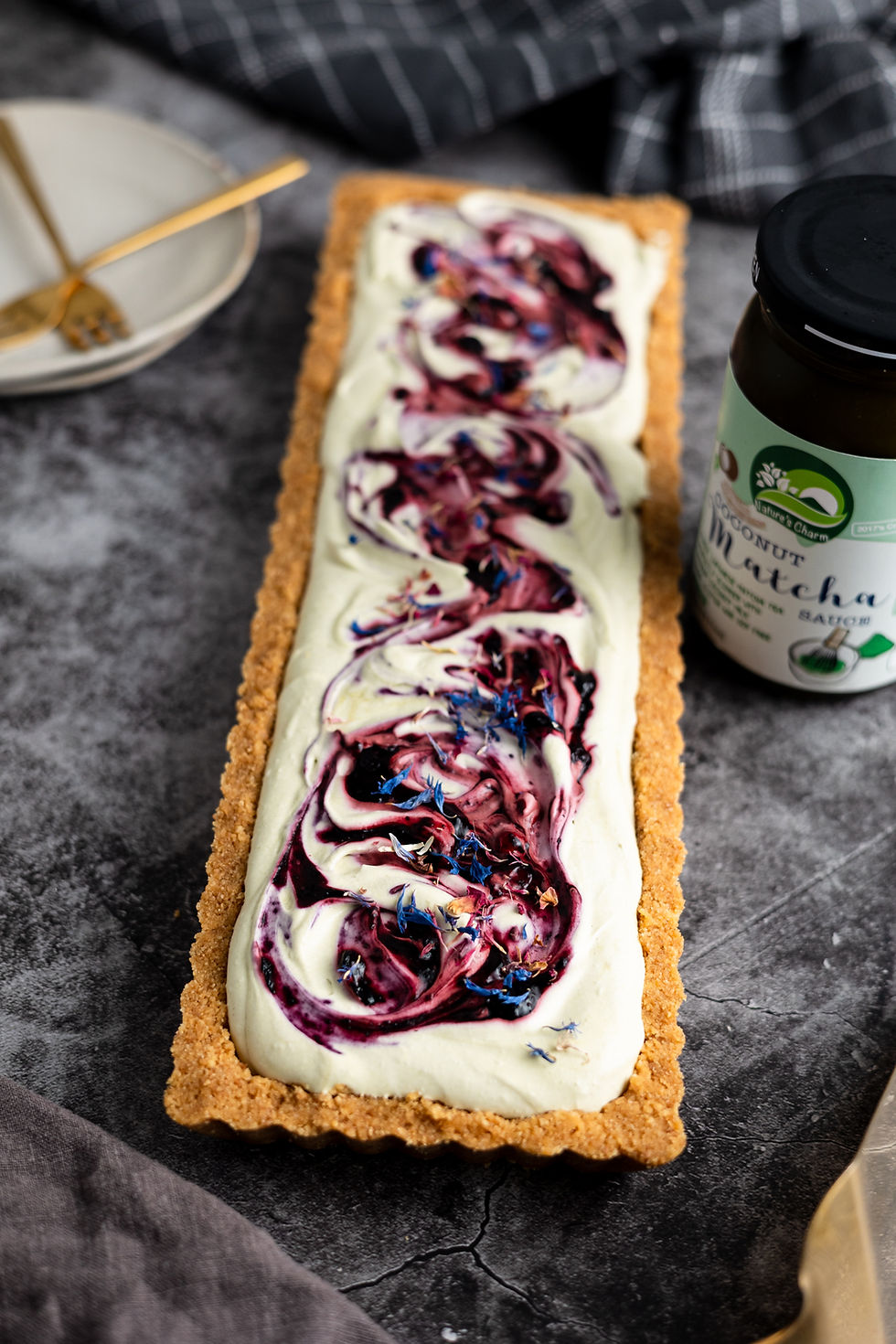Lasagne
- Mealsbymiri

- Aug 16, 2021
- 4 min read
Updated: Jan 3, 2022
Lasagne is the type of food I love to make when I have a Sunday afternoon free and know I'll want to prep a comforting dinner for almost the entire week ahead. This recipe makes about 6 portions, if not more, and will last my boyfriend and I for three days. Not to mention it is SO DANG TASTY that you'll wish it lasted for three more days after you've finished it. And to think I didn't even like lasagne when I was younger? Well the tables have turned my friends and even though this recipe requires some patience and elbow grease, it is 100% worth it and I hope you give it a go!

serves 6 people
Pasta
500g flour
250g water
Ragu 140g diced carrot (1 large carrot)
600g vegan mince
2 tins 800g tomato
2tbsp olive oil
3 cloves garlic (pressed or finely diced)
100g onion
2tbsp tomato paste salt, pepper and sugar
Bechamel
7tbsp Butter
7tbsp flour
1/2tsp nutmeg
½-¾ tsp fine table salt
800g soy milk
Topping
200g shredded vegan mozzarella (or any other vegan cheese you have access to)
To make the ragu, dice your carrot and onion and add to a pan with the olive oil. Cook until the onions are golden. Add the garlic and cook for a couple more minutes. Add the minced meat and cook until nicely browned. Add the tomato paste and cook for a few more minutes. Then, add the tinned tomatoes. Simmer for 30 minutes on low heat before adding salt and pepper to taste. You might also want to add some sugar at this stage depending on how sweet your tomatoes are.
To make the bechamel, start by melting the butter in a pan and adding the flour. Over medium to high heat, whisk until it comes together into a mixture that is smooth and lets go of the pan. Turn down the heat to low-medium and gradually add the soy milk while whisking. You want to do this slowly and in stages to prevent the bechamel from getting lumps. Once all the milk has been added, add the nutmeg and salt to taste. Simmer for a few minutes to ensure it is fully thickened.
Mix flour and water together until smooth. The dough will be pretty hard and it might take a long time unless you have a standing mixer, so be prepared. Once smooth, wrap in plastic wrap or place in an airtight container and rest in the fridge for at least 20 minutes.
Once rested, divide the dough into four balls, keep the balls you’re not using covered.
For each dough ball: Shape it into a thin-ish rectangle with your hands and run through the widest setting on your pasta machine. Fold the bottom third up and the top third over the first fold (it should now be 3x as thick). Run it through the pasta machine again, and repeat the folding process a few more times to build gluten structure. Finally start rolling the dough through the pasta machine without folding, turning the machine to a thinner setting each time until the dough is thin enough. It should be approximately 2-3mm in thickness (I go up to step 6 on my pasta machine). Dust with flour after every round if necessary to prevent the pasta dough from sticking. Slice the sheet of pasta into lasagna sheets that are about ½ or 1/3 the size of your baking dish so that you can layer them evenly into the dish, dust the sheets on both sides and set aside.
Once you’ve rolled out all of the pasta, cook the pasta sheets in small batches in a big pot of heavily salted boiling water until they float, fish them out with a slotted spoon, rins and add to a bowl of cold water. You want to do this once all other elements are done so you can assemble straight away.

To assemble, add a thin layer of the ragu before a single layer of pasta sheets. Then spread a thin layer of ragu, followed by bechamel and a thin layer of pasta sheets. Keep doing this until you reach the top of the baking dish or you run out of ragu/pasta. Make sure to save a generous drizzle of bechamel on the top.
Finish on a layer of pasta sheets before drizzling what’s left of your bechamel on top and spreading on a thick layer of vegan mozzarella.
Bake the dish at 200 C for 45 minutes on a wire rack. Make sure to place a baking tray at the bottom of the oven to catch any sauce/cheese that spills out of the dish. If you want to, you can also cover the lasagne with a layer of tin foil in the first 30 minutes to avoid the cheese from burning and also allow it to melt by trapping the steam inside of the foil (I’ve made it both with and without tin foil and both have worked for me).
After 45 minutes, turn the oven to a broil setting if you have it, or alternatively move the dish slightly further up in the oven and turn up the heat to ensure it gets nicely browned. Bake for another 15 minutes or just until the cheese on top is nice and golden.




Comments